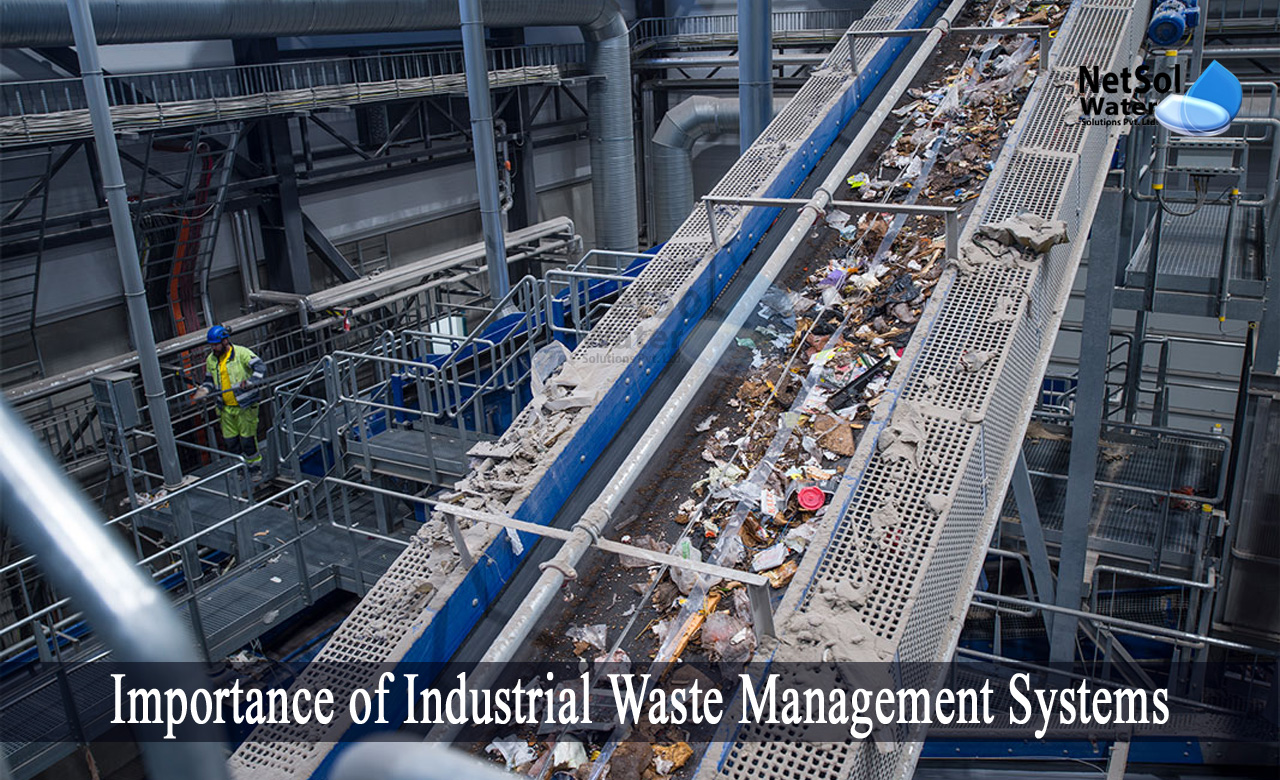The Definitive Guide to Reclaim Waste
The Definitive Guide to Reclaim Waste
Blog Article
The Single Strategy To Use For Reclaim Waste
Table of ContentsThe Ultimate Guide To Reclaim WasteThe Basic Principles Of Reclaim Waste The 3-Minute Rule for Reclaim WasteNot known Details About Reclaim Waste 10 Easy Facts About Reclaim Waste Shown
Residential sewage waste refers to the waste and products from a residential septic storage tank. The proper management and disposal of residential sewer waste need fluid waste to be transferred to a sewage therapy plant where the proper techniques and equipment are applied to detoxify and dispose of waste.
Commercial waste commonly includes prospective threats, such as flammable materials or a mixture of liquid and solid waste products, and calls for an advanced and comprehensive disposal procedure. The disposal of industrial waste typically includes the filtration of waste prior to transportation to make certain safe and proper disposal. Industrial waste is produced from results and drainage of industrial processes and manufacturing.
This type of waste can not make use of the very same sewer administration transportation or procedures as septic or industrial fluids. The commercial waste monitoring procedure calls for the assessment and testing of liquid waste before it undergoes the disposal process (industrial wastewater treatment). Runoff waste is the liquid waste that comes from runoff and excess stormwater in highly populated locations or cities
Drainage waste can create contamination and flooding otherwise dealt with correctly. Discover much more regarding sewer cleaning and waste management. Guaranteeing proper waste management can prevent disasters and reduce ecological injury. Both people in domestic settings and professionals in business or manufacturing sectors can take advantage of understanding the processes and policies of liquid waste monitoring.
Examine This Report about Reclaim Waste
Get in touch with PROS Solutions today to find out about our waste administration and disposal services and the appropriate methods to take care of the fluid waste you create.
(https://myspace.com/reclaimwaste1)Do you know what occurs to your water when you disengage, flush the commode or drain the cleaning equipment? No? Well, it's worth knowing. This supposed 'wastewater' is not only an important resource but, after treatment, will certainly be released to our land, rivers or the sea. Utilized water from commodes, showers, baths, kitchen area sinks, washings and industrial procedures is called wastewater.

water made use of to cool down machinery or tidy plant and equipment). Stormwater, a kind of wastewater, is overflow that streams from farming and urban locations such as roofs, parks, yards, roads, paths and rain gutters into stormwater look at this web-site drains pipes, after rainfall. Stormwater flows unattended straight to neighborhood creeks or rivers, ultimately getting to the sea.
The Only Guide to Reclaim Waste
In Queensland, many wastewater is treated at sewage treatment plants. Wastewater is transferred from domestic or industrial websites via a system of sewage systems and pump terminals, understood as sewerage reticulation, to a sewage therapy plant.
The Division of Natural Resources suggests regional governments about handling, operating and keeping sewerage systems and treatment plants. In unsewered areas, city governments might need householders to install individual or house sewer treatment systems to treat residential wastewater from commodes, kitchen areas, restrooms and washings. The Division of Natural Resources authorises using family systems when they are verified to be efficient.
Many stormwater gets no therapy. In some brand-new neighborhoods, therapy of some stormwater to eliminate litter, sand and crushed rock has begun making use of gross contaminant traps. Wastewater therapy takes place in 4 stages: Gets rid of solid issue. Larger solids, such as plastics and various other items incorrectly released to drains, are removed when wastewater is gone through screens.
Uses small living microorganisms recognizes as micro-organisms to break down and remove continuing to be liquified wastes and fine particles. Micro-organisms and wastes are integrated in the sludge.
The Best Strategy To Use For Reclaim Waste
Nutrient removal is not readily available at all sewage treatment plants because it requires pricey specialist equipment. Clear liquid effluent created after treatment may still include disease-causing micro-organisms - liquid waste removal melbourne.

A lot of wastewater flows right into the sewerage system. Under the Act, regional governments carry out approvals and licences for environmentally appropriate tasks (Ages) involving wastewater launches that might have a regional influence.
An Unbiased View of Reclaim Waste
Otherwise, samples are considered research laboratory analysis. Usually many tests are required to develop the degrees of each of the different contaminants such as oils, hefty steels and chemicals in water. Monitoring offers accurate details about water high quality and can validate that permit problems are being fulfilled. The information acquired with tracking supplies the basis for making water top quality decisions.
Report this page